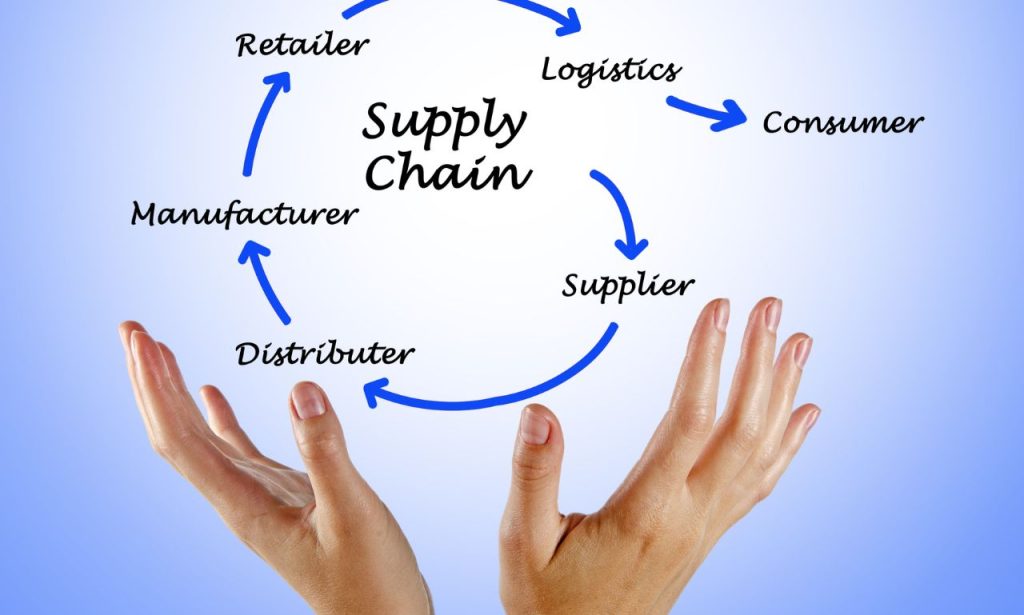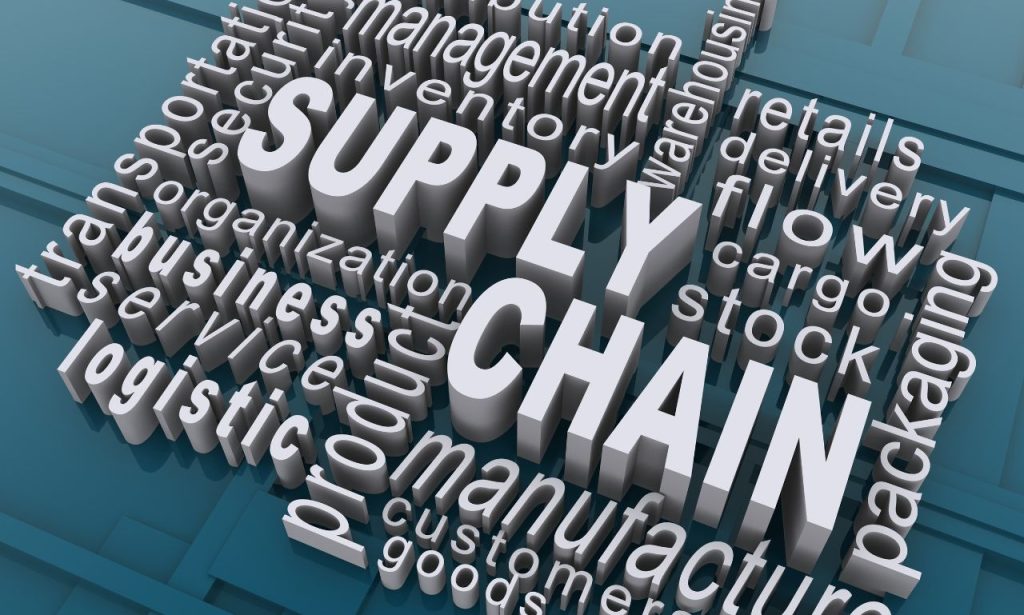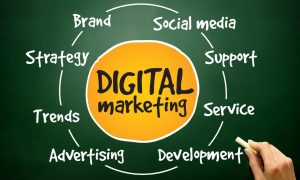The foundation of contemporary business is supply chains. They link raw materials to final goods and, eventually, to consumers. The problem is that not all supply chains operate in the same manner.
Selecting the appropriate supply chain model frequently determines your company’s success. Consider this: without its adept supply chain management, Amazon would not be the dominant force in e-commerce. Without strict control over its production network, Apple couldn’t continue to hold its premium status.
Understanding the distinctions between supply chain types is not only beneficial but also necessary for survival in the quickly evolving market of today.
Agile
An agile supply chain is built for businesses that need to pivot quickly. This model thrives in industries where consumer preferences change faster than Twitter trends. Fashion retailers like Zara have mastered this approach. They can spot a runway trend and get similar items in stores within weeks, not months. How? By prioritizing speed and flexibility over everything else.
The agile model works exceptionally well when dealing with trendy products or unpredictable demand. Companies using this approach maintain close relationships with suppliers who can ramp production up or down quickly. It also invests heavily in market research to catch shifts in customer preferences before competitors do.
For your business, consider the agile approach if your products have short life cycles or if market trends heavily influence your sales. Just remember – agility often comes with higher unit costs, which you’ll need to balance against the benefits of responsiveness.
Continuous Flow

The continuous flow model is the marathon runner of supply chains. It works best for stable, high-volume production with minimal variation in the process.
Think about industries like cement manufacturing, utilities, or basic consumer goods. These products are in steady demand and are standardized production methods. The focus here is consistency and efficiency.
Procter & Gamble uses this model for many of its household products. The goal is to keep production lines running smoothly with minimal interruptions. Materials flow continuously from suppliers through manufacturing and out to distribution centers.
This model depends on accurate demand forecasting and tight integration between all supply chain partners. Companies need reliable suppliers and consistent transportation networks. When done right, the continuous flow approach minimizes inventory costs while maintaining high service levels.
A food processing company I consulted for implemented this model for their staple products. By smoothing out production schedules and working closely with key suppliers, they reduced manufacturing costs by 12% while improving on-time delivery from 89% to 97%.
Custom Configured
Some companies must provide customisation without compromising effectiveness. The supply chain that has been specially designed can help with that.
For complex products that customers wish to customise within predetermined parameters, this model is ideal. In the computer industry, Dell was a pioneer in this strategy, letting customers choose processor types, memory capacities, and other parts while preserving effective assembly processes.
The custom-configured model works by maintaining a base inventory of standard components that can be assembled in various combinations. The final configuration happens only after receiving a customer order.
This approach strikes a balance between mass production efficiency and customization. Companies like BMW use it to offer thousands of possible vehicle configurations while keeping production streamlined.
One furniture manufacturer I worked with adopted this model to compete with bigger players. They stocked standard frames, fabrics, and components, assembling them only after customers placed orders. This reduced their inventory costs by 30% while expanding their product options fivefold.
Fast Chain
The fast chain model is built for speed above all else. It’s designed for products with short lifecycles where being first to market provides a significant competitive advantage.
Technology companies often employ this model for new product launches. Apple, for example, coordinates massive global product releases that require precise timing across its entire supply chain.
Companies using the fast chain approach invest heavily in transportation, often using air freight instead of ocean shipping despite the higher costs. They also maintain close partnerships with key suppliers, sometimes even co-locating production facilities to minimize transit times.
The fast chain isn’t just about physical speed – it’s also about information flow. These companies use advanced forecasting and real-time data sharing to anticipate demand and adjust production quickly.
A consumer electronics company I advised switched to this model for their premium product line. The change increased its costs by 15%, but it captured 22% more market share by consistently beating competitors to store shelves with new features.
Flexible
The flexible supply chain model is built to handle uncertainty from all directions – demand fluctuations, supply disruptions, or both. It’s the Swiss Army knife of supply chain types.
Companies in volatile markets or those dealing with complex global sourcing need this approach. They build multiple sourcing options, varied transportation routes, and adaptable production capabilities.
The flexible model differs from the agile model in its broader scope. While agile focuses primarily on responding to demand changes, flexible supply chains prepare for disruptions anywhere in the system.
The athletic footwear company New Balance uses elements of this model. They maintain production facilities in multiple countries and cross-train workers to switch between different shoe models quickly as demand shifts.
The flexible approach might be right for your business if you face unpredictable market conditions or rely on suppliers in regions prone to disruptions. The main drawback is cost – maintaining backup options and excess capacity is expensive. However, for many companies, this insurance policy is worth the investment.
Efficient Chain
This approach works best for commoditized products where price competition is fierce, and margins are thin. Companies using this model relentlessly pursue cost reduction through economies of scale, process optimization, and waste elimination.
The efficient model requires sophisticated forecasting to maintain minimal inventory levels while avoiding stockouts. It also depends on strong supplier relationships based on consistent, high-volume orders.
A regional grocery distributor I consulted for implemented this model to compete with larger national players. By consolidating warehouse operations and optimizing delivery routes, they reduced operating costs by 17% while maintaining service levels.
Consider the efficient chain approach if you operate in a price-sensitive market with stable demand patterns. This model works particularly well for mature products with predictable sales and established production processes. Just be aware that this lean approach leaves little room for error when disruptions occur.
Supply Chain Strategies
Beyond choosing the right supply chain type, your business needs the appropriate fulfillment strategy. These strategies determine how and when products are made relative to customer orders.
MTS—Made to Stock
The made-to-stock strategy involves producing items before receiving customer orders. Products are manufactured based on demand forecasts and stored until purchased.
This approach works well for standardized products with predictable demand. Think of everyday consumer goods like toothpaste, paper towels, or canned foods. These items have stable demand patterns that companies can forecast with reasonable accuracy.
The main advantage of MTS is immediate availability – customers get products when they want them without waiting for production. The downside? Higher inventory costs and the risk of obsolescence if demand forecasts are wrong.
Companies using MTS must excel at demand forecasting and inventory management. They need to balance having enough stock to meet customer needs without tying up excessive capital in warehouse space.
CTO—Configure to Order
This strategy works well for complex products that customers want to customize from a defined menu of options. Computer manufacturers like Dell pioneered this approach, keeping inventories of standard components (processors, hard drives, memory) and assembling them into customized configurations after order placement.
CTO offers several advantages. Customers get personalization without long wait times. Companies reduce finished goods inventory while still maintaining production efficiency. The pre-made components provide economies of scale, while the final assembly allows for customization.
MTO—Made to Order

This approach makes sense for highly customized products, expensive items with unpredictable demand, or goods that can’t be stored for long periods. Custom furniture, specialized industrial equipment, and made-to-measure clothing typically use this model.
Customers must wait for their products, and manufacturing processes need to be flexible enough to handle varying specifications efficiently.
A custom cabinetry business I worked with transitioned fully to MTO after struggling with inventory write-offs. They developed a modular production approach that maintained efficiency despite each order’s unique specifications. Their lead times stayed competitive at 3-4 weeks while inventory costs dropped to near zero.
MTO might work for your business if your products are highly customized, have high unit values, or face unpredictable demand patterns. Success with this strategy requires efficient order processing systems, flexible manufacturing capabilities, and clear customer expectations about wait times.
Conclusion
Choosing the right supply chain model and strategy isn’t an operations decision – it’s a strategic decision that will create a ripple effect across your business model. The best strategy will depend on your products, customers, market conditions, and business objectives. Most good businesses borrow elements from several models. They might use an efficient chain for their staple products while employing an agile approach for seasonal items. Or, they could apply MTS for standard products and MTO for premium custom offerings.
The key is alignment. Your supply chain should support your value proposition to customers. If you compete on price, an efficient chain with MTS might make sense. If customization is your edge, consider a custom-configured approach with a CTO. If speed to market drives your business, the fast chain could be your answer.
ALSO READ: What are the 10 Biggest Shipping Companies in the World?
FAQs
Agile supply chains focus primarily on responding quickly to demand changes, while flexible supply chains prepare for disruptions anywhere in the system – including supply, production, and distribution.
Which supply chain model is best for seasonal products? The agile model typically works best for seasonal products, as it enables quick responses to changing demand patterns throughout the year.
Yes, small businesses can implement elements of the efficient chain model by focusing on waste reduction, process optimization, and strategic supplier relationships, even without the scale of larger companies.
Technologies like AI, machine learning, and cloud-based solutions enable better forecasting, real-time visibility, and automated decision-making across all supply chain types, making them more responsive and efficient.
Made-to-Stock (MTS) requires the most sophisticated demand forecasting since production decisions are made before receiving customer orders, creating inventory risk if forecasts are inaccurate.



